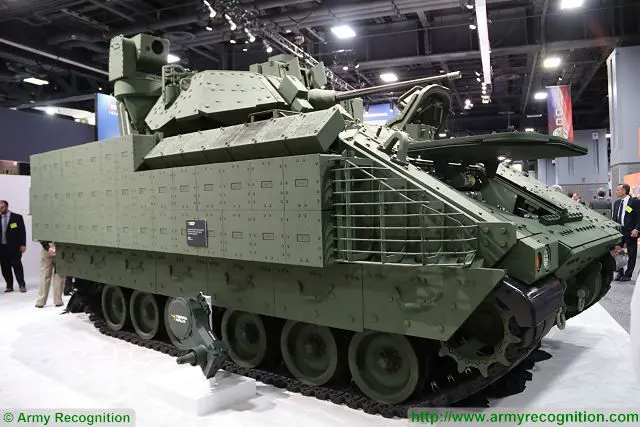Terran
Well-Known Member
Not that sure about how significant that is.Also a significant weight savings is that both the South Korean K11 and Chinese QTS-11/ZH-05 fire a smaller 20mm round. And that the QTS-11 doesn't utilize a magazine
XM25 was about 13.8 pounds empty. The shells it fired were 174g it had 5 of them so estimated 1.9 pounds assuming that the magazine is in the empty weight we get about 15.7 pounds of Punisher.
The FCS was 2.6 pounds.
the XM29 was 15 pounds empty (Wiki entry sources Janes entry) in 20x28mm the listed loaded weight is 18 pounds.
Now obviously there is an elephant in the room. The 5.56x45mm KE module see can’t get exact here but just a guess the G36C is in the same family of weapons and has the same barrel length it’s 6.2 pounds, but then we have to load it adding a pound for 30 rounds of 5.56x45mm but then we start chopping off weight so I figure looking at as light an AR pistol on the market as base gives 4 pounds empty 5 loaded for 13 pounds of launcher ammo and FCS. Listed weight of FCS is 2.6 pounds.
So just launcher and ammo 11.4 pounds give or take.
Do the same to XM25 13.1 pounds. So 1.7 pounds give or take difference between them.
I know that’s a rough yet I think that’s about right.
The real weight savings is the lack of a gas system.
So if we take the Empty weight of K11 13.5 pounds vs Empty XM29. If we assume similar weight in optics it’s 1.5 pounds difference.
do the same for QST11 empty weight no optic 9.4 lbs so XM29 13.4 (empty no FCS estimate) we get 4 pounds of gas operation vs a bolt action single shot. Of course the QST11 makes up for that lack by its FCS. The full system loaded with FCS is 15 pounds vs XM25 loaded its 11 ounces lighter.








